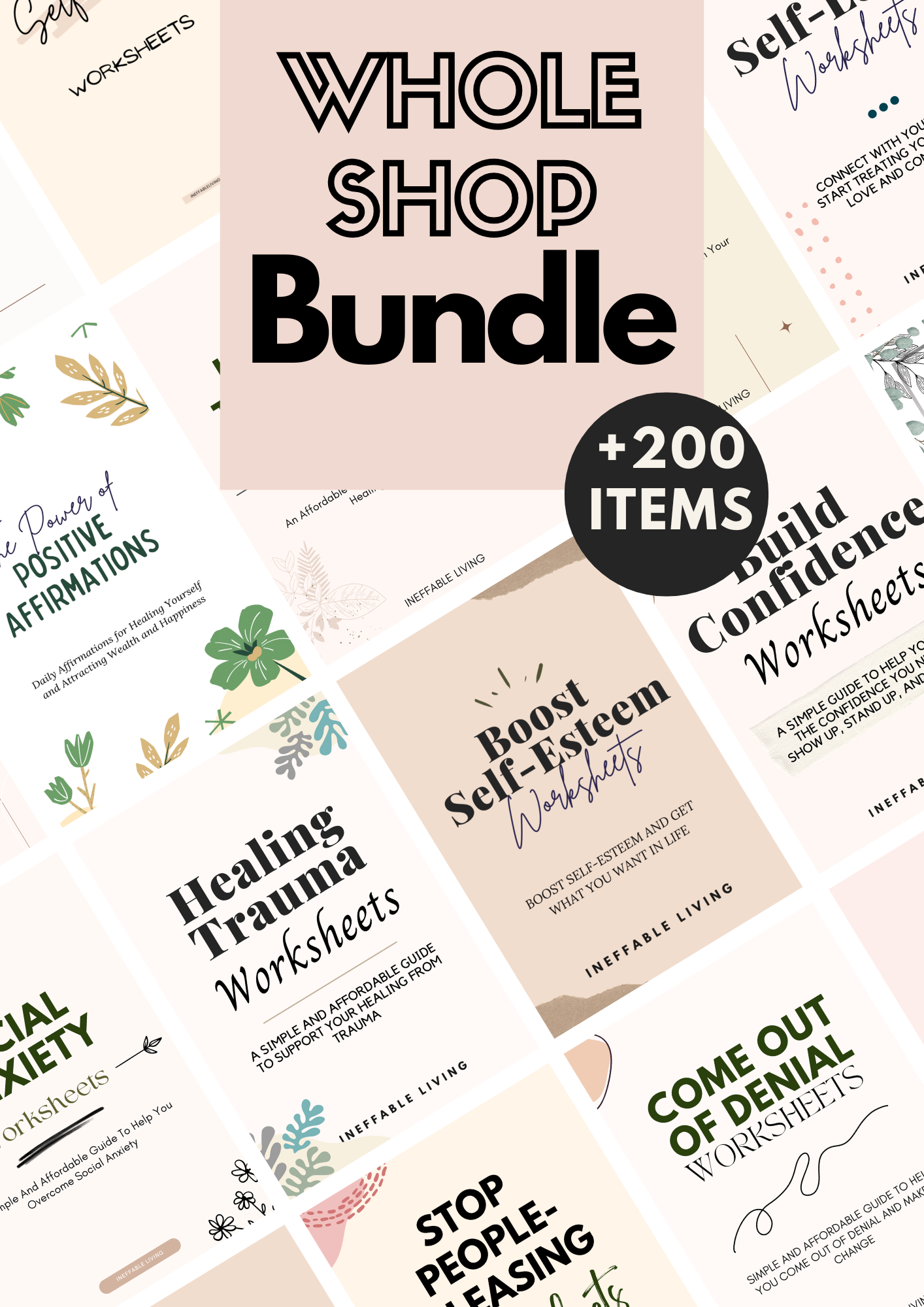Certainly, hoarding behavior can be complex and challenging to manage. Journaling can help individuals gain insight into their thoughts, emotions, and behaviors related to hoarding. Here are some journaling prompts that may facilitate self-reflection and understanding:
1. Understanding the emotions behind hoarding: Reflect on the emotions and feelings that arise when acquiring or keeping items. What do these possessions represent to you? How do they make you feel?
2. Triggers and patterns: Identify situations, events, or emotions that often lead to an increase in hoarding behaviors. Are there specific triggers that prompt you to acquire or save items? When do these tendencies become most pronounced?
3. Impact on daily life: Describe how hoarding affects your daily functioning, including your living space, relationships, and emotional well-being. What are the practical challenges and emotional toll of hoarding?
4. Attachment to possessions: Explore the emotional attachments and beliefs associated with your belongings. What value or meaning do these items hold for you? How does parting with them make you feel?
5. Goals and aspirations: Envision an ideal living environment free from hoarding. What would this look like, and how would it improve your quality of life? What are your aspirations for managing hoarding behavior?
6. Self-compassion and acceptance: Practice self-compassion as you explore your hoarding tendencies. How can you show understanding and kindness to yourself while acknowledging the challenges of hoarding?
Hoarding Worksheets





